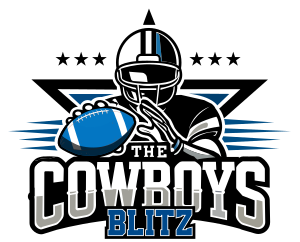I have learned that the WR market (excluding the AJ Brown deal) is becoming similar to the running back market. Think about it. The Cardinals ended up cutting Hopkins. We traded Cooper away for a 5, but got Cooks for a 5 in a trade this year. OBJ ended up getting cut by the Browns. Plus, it makes sense. The draft usually has a lot of WRs. So, unless it's a top tier WR like AJ Brown or CeeDee Lamb where it's a player that would be incredibly hard to replace, I think it's more likely that WRs will become similar in market to RBs. Sure, they don't have the short shelf life that a RB does, but there are usually lots of WRs to choose in the draft. So, I could also see a scenario some time soon where WRs begin to not receive massive contracts (unless it's a rare WR) so that teams don't have to worry about cuts so much with them.













